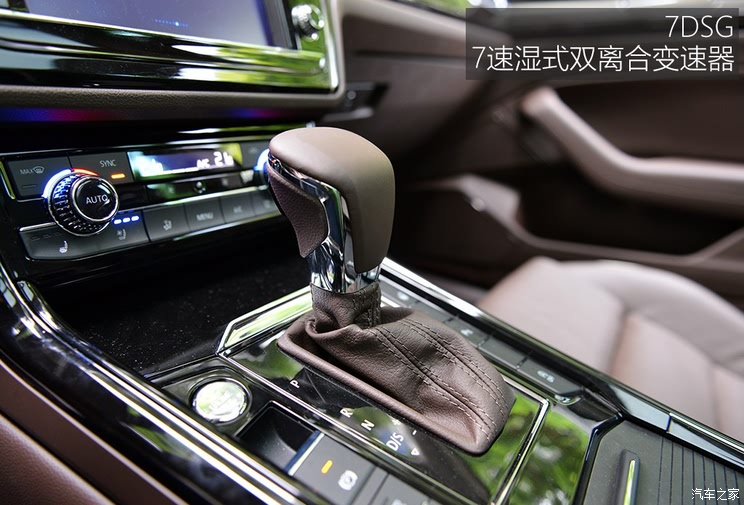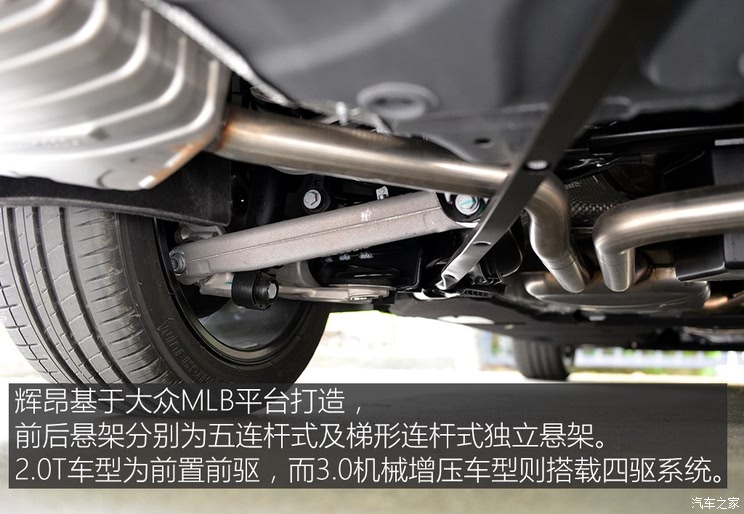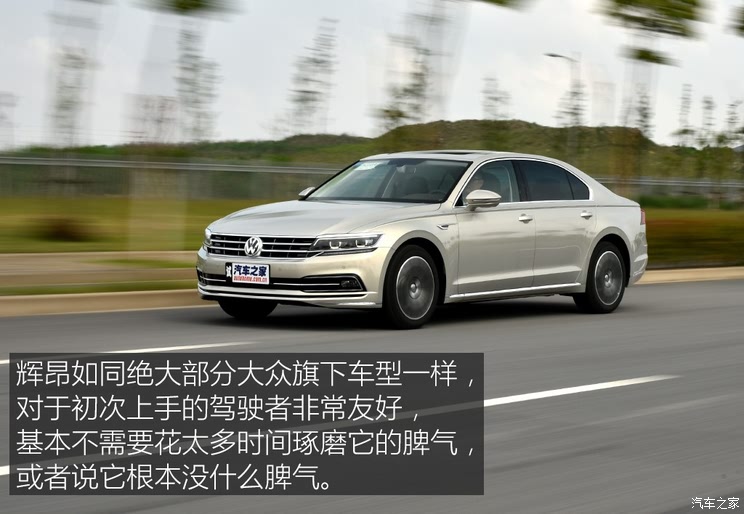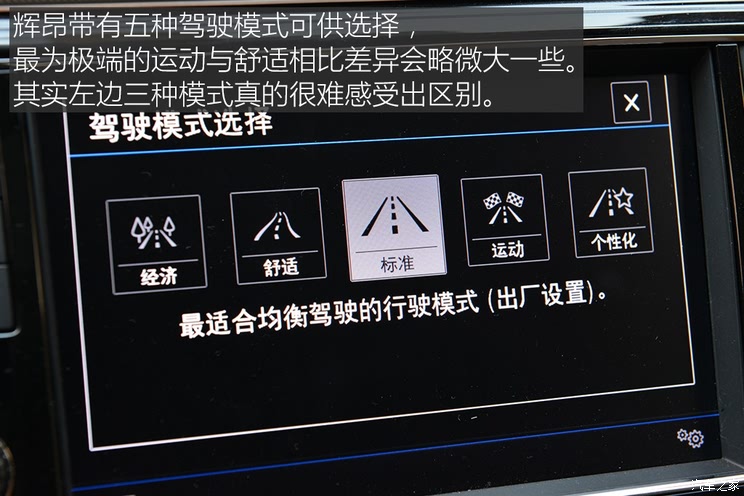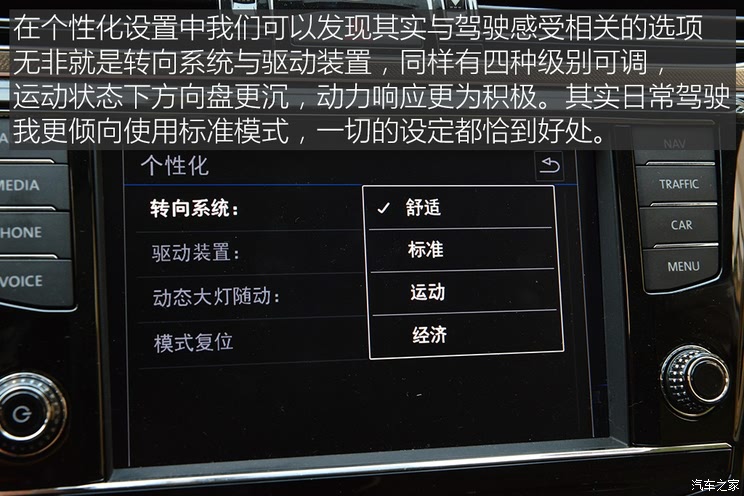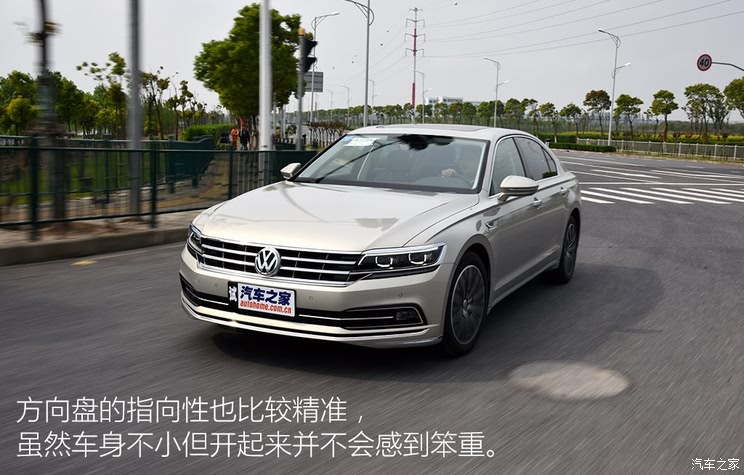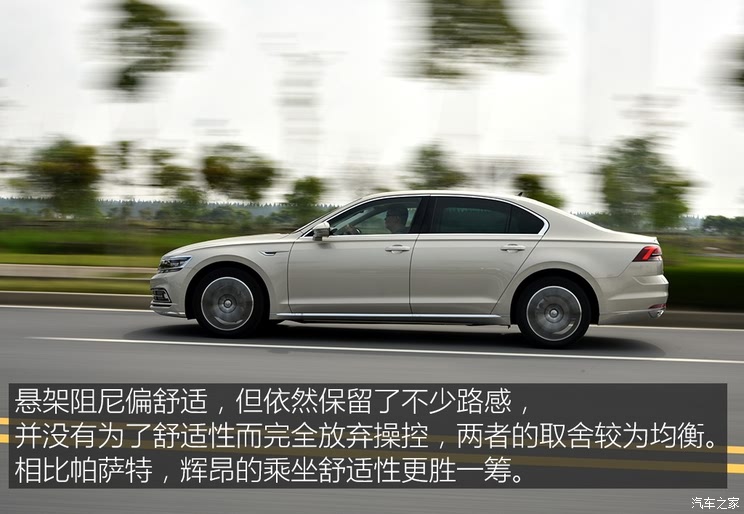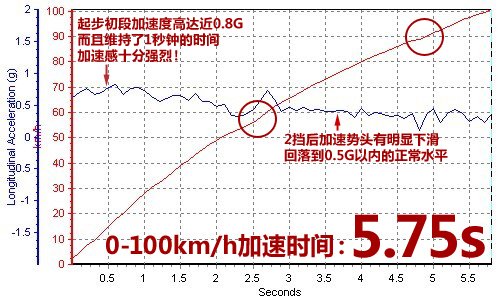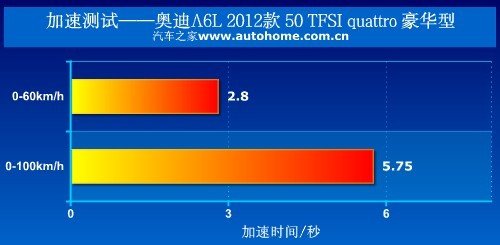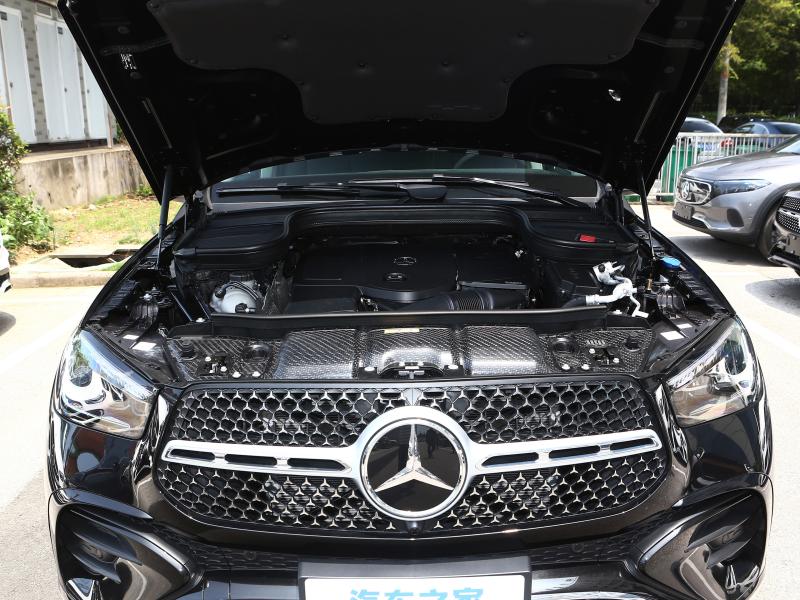
The newly restored giant panda specimen. (Photo courtesy of Chongqing Natural Museum)
May 18th is "World Museum Day". In order to celebrate the festival of this global museum, Chongqing Natural Museum will open its treasures warehouse to the public for the first time free of charge. On that day, visitors can walk into the 340-square-meter warehouse and watch more than 1,200 precious specimens from all over the world at close range. Members of the public can pay attention to the reservation activities of WeChat WeChat official account in Chongqing Natural Museum.
On May 14th, with the approval of the Natural History Museum, the reporter went into the warehouse in advance to inquire about this special "animal world" for readers.
"Unlike fossil specimens, there are no ancient creatures in the treasure warehouse, but all living animals. Among them are not only giant pandas, golden monkeys, South China tigers, but also rare albino black bears in nature." Zhao Liwei, the collection manager of the collection management department of the Natural Museum, said that some of these specimens came from the old collections in the museum, some from the collection of specimens, and some from the donation of the Bellin Foundation.
Two panda specimens made their debut.
In the vast warehouse, more than 1,200 animal specimens are placed on a three-storey specimen rack in different categories. Some of them have been "living" in the warehouse for decades, and some have just "moved" into the warehouse.
Among them, the latest "check in" are two giant panda specimens. These two giant panda specimens have just been restored by a professional restoration team. Before they were made into specimens, they were the old panda skin specimens in the museum.
Is it difficult to "stand up" the panda skin specimen?
Zhao Liwei said that there is a very difficult link in specimen restoration, that is, to present the specimen with the most natural posture of the animal before its death.
"In order to restore these two giant panda specimens, the restoration experts not only watched various videos of giant pandas repeatedly, but also made a special trip to the zoo to record the movements and expressions of giant pandas at close range." Zhao Liwei said that unlike the giant panda cultural and creative products, the specimen restoration will never adopt the posture that people like but the giant panda itself can’t make. "That is to say, their restored posture is a common state of giant pandas in nature."
So, what is the giant panda that was finally restored? A prone on the rocks, side face spit out the pink small tongue; The other one sat on the ground and gave a grin with his head tilted.
As the oldest natural museum in southwest China, there are several giant panda specimens in the treasures warehouse of Chongqing Natural Museum, which are prone or standing, showing different postures.
Rare albino black bear specimens are hiding in it.
In addition to all kinds of giant panda specimens, there is also an albino black bear specimen in the treasure room, which is also the old collection of Chongqing Natural Museum.
In order to let the audience appreciate this specimen better in the coming open day of the warehouse, the collection manager gave it a "black and white match"-a black bear specimen was placed next to the albino black bear.
Zhao Liwei said that in nature, the phenomenon of albinism of black bears is relatively rare, and albino black bears that can be made into specimens are even rarer.
What exactly is the albino black bear specimen like?
From a distance, it looks like a miniature polar bear. Its front left palm is slightly raised, and its whole body leans forward slightly, as if it is slowly moving forward.
At present, the recorded cases of albino bears are very rare. In 1950s, local residents in Shennongjia, Hubei Province hunted an albino bear. This albino bear in Shennongjia was identified as an albino species of Asian black bear, which was also the earliest case of albino bear found in modern China. In 2000, there were also traces of albino black bears in Shennongjia.
It is understood that albinism exists widely in all kinds of vertebrates, but it is rare. Usually, melanin cannot be synthesized normally in animals due to gene mutation, which makes it appear white, yellow-white or light yellow in external form.
See more head and shoulder specimens donated by the Behring Foundation.
In addition to all kinds of animal specimens placed on the specimen rack, there is a special wall with dozens of head and shoulder specimens hanging on it in the treasure warehouse.
Most of these head and shoulder specimens belong to Cervidae, and they were donated to the Natural Museum by the Bellin Foundation in batches.
Visitors who have been to the Natural History Museum know that there is a Belling Hall on the first floor of the museum.
Since April 2011, kenneth e behring, a world-famous philanthropist, the founder and chairman of the Global Health and Education Foundation and an honorary citizen of Chongqing, has visited Chongqing seven times in succession.
During this period, the old man donated 325 wild animal specimens worth more than $30 million to Chongqing Natural Museum, which together formed the Bellin Hall-Animal Planet Exhibition in the museum. The audience can see nearly 300 rare wild animal specimens here. They are various and lifelike, which can be called a trip to the global animal carnival.
But this is not all the specimens donated by Bellin, because the exhibition hall area is limited, and some duplicate specimens are collected in the treasure warehouse, which also means that the audience can see more wild animal specimens donated by Bellin in the warehouse.
New Chongqing-Chongqing Daily reporter Li Sheng
|





